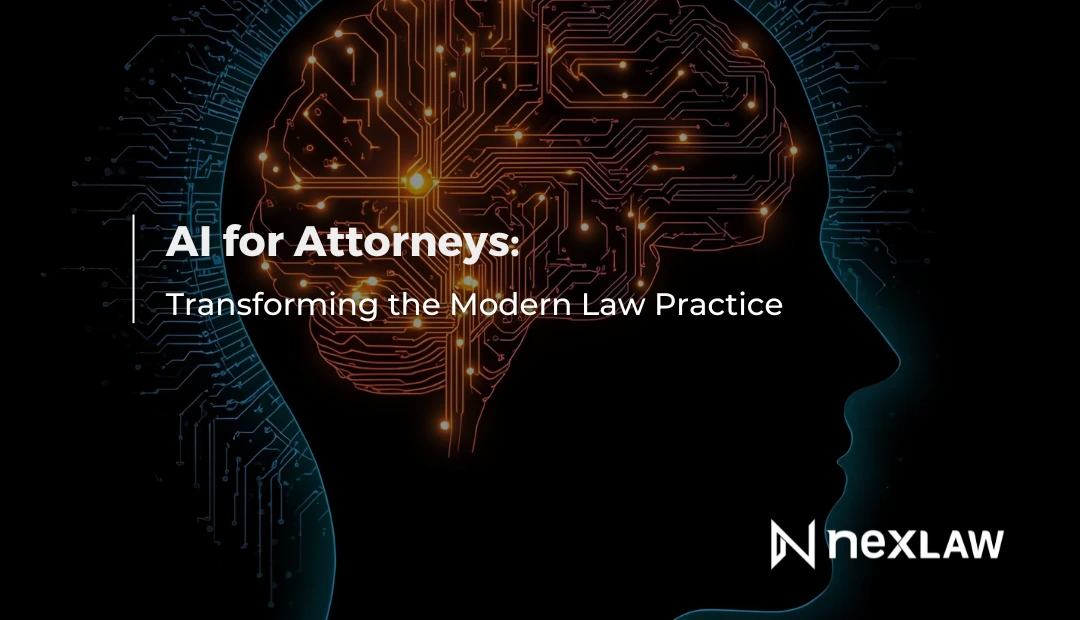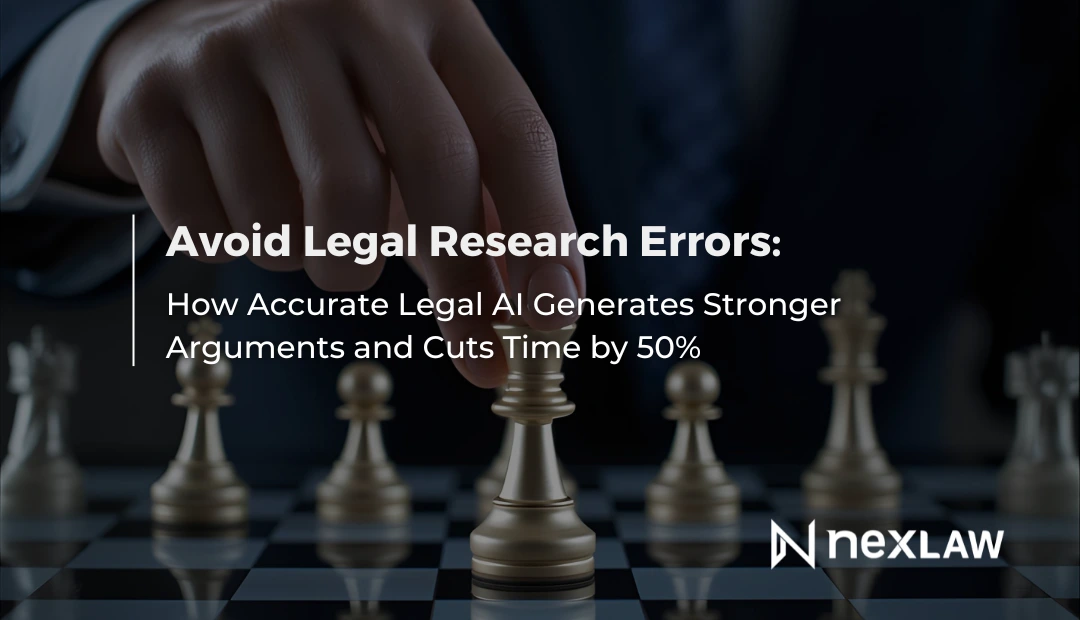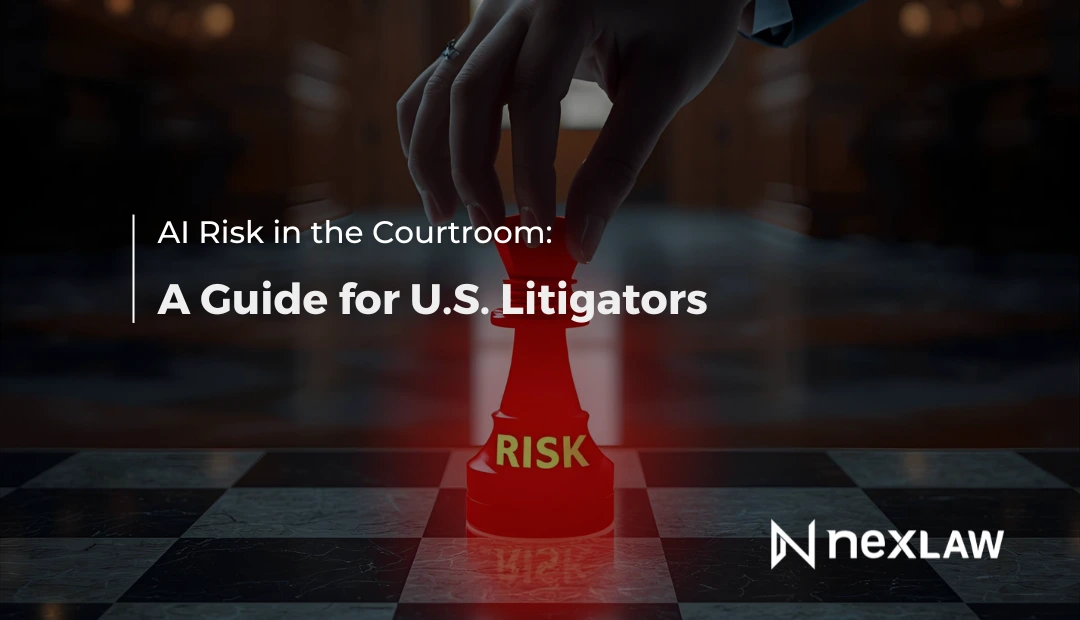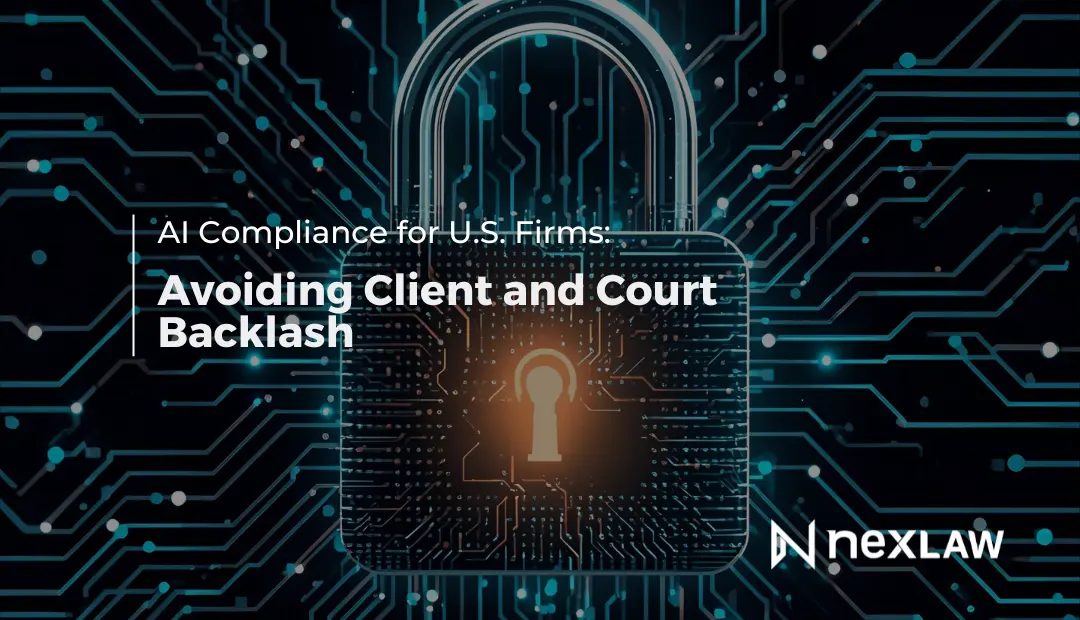AI in U.S. Litigation—From Fictional Citations to Real Strategies
The Turning Point: From Cautionary Tales to Smart Adoption
In 2023 and 2024, AI made headlines for all the wrong reasons in courtrooms. From lawyers submitting fake case citations to judges rejecting AI-generated briefs, the legal profession was forced to reckon with the risks of hallucinated outputs and unchecked automation.
Unlock Legal Insights Instantly!
Now in 2025, a shift has taken place. U.S. litigators are no longer avoiding AI altogether. Instead, they are learning how to use it with precision, accountability, and strategy.
This article explores how legal professionals are transforming AI from a liability into an asset for litigation.
What Went Wrong: Lessons From the AI Hallucination Era
Several cases over the past two years made it clear that generic AI tools are dangerous in legal contexts. Notably:
- A New York attorney was sanctioned for submitting a brief with citations to non-existent cases generated by an open chatbot.
- In California, a judge struck down a motion after learning it had been drafted by AI without human review.
- Several firms received complaints from clients who discovered that their sensitive case data had been processed by AI tools without proper disclosure.
These incidents damaged reputations and forced the legal community to rethink how AI should be used.
What Changed in 2025: Controlled, Legal-Specific AI Tools
The solution has not been to abandon AI, but to adopt tools designed specifically for legal workflows. The best legal AI platforms in 2025:
- Use case law and statutes as verified training sources
- Provide source-linked outputs with jurisdiction filters
- Require attorney review before any courtroom submission
- Do not train on user data or leak confidential information
With these safeguards in place, litigation teams are regaining confidence in AI.
Where AI Adds Real Value in Litigation Workflows
Litigators are not using AI to replace their expertise. They are using it to enhance their speed, focus, and accuracy.
1. Drafting with Verified Sources
Modern legal AI tools help attorneys draft motions and pleadings using real precedent. For example, NEXA links each legal assertion to its supporting case or statute, giving litigators confidence that their work is grounded in reality.
2. Organizing Case Files and Facts
Litigation often involves thousands of pages of transcripts, contracts, exhibits, and expert reports. CHRONOVAULT 2.0 automatically maps out key facts and links them to their source documents, enabling faster trial prep and better argument construction.
3. Building Trial Timelines
Tools like TRIALPREP help lawyers visualize the chronology of events based on evidence, giving structure to complex fact patterns.
4. Early Case Assessment
By analyzing uploaded documents, email threads, and contracts, legal AI can help lawyers quickly identify risks, gaps in evidence, and potential strategies before depositions or hearings begin.
How AI Is Being Used Responsibly in U.S. Courtrooms
Judges are not anti-AI. What they want is accountability and accuracy.
Responsible litigators now follow a few key rules:
- Always review AI output before submission
- Disclose AI involvement when appropriate
- Keep an audit trail of what tool was used, what data was input, and who reviewed the result
- Avoid over-relying on generative responses without citation support
These practices align with evolving judicial expectations and help prevent courtroom embarrassment or ethical violations.
Sample Litigation Workflow Using AI in 2025
| Stage | Traditional Approach | AI-Enhanced Workflow |
|---|---|---|
| Initial file review | Manually read through documents | Upload into CHRONOVAULT 2.0 for automatic categorization |
| Legal research | Use case law databases manually | Use NEXA for citation-linked answers with jurisdiction filters |
| Drafting | Word processing + cut and paste | Draft with AI, then revise and approve before use |
| Timeline building | Manually list events on paper | Use TRIALPREP to generate evidence-linked timelines |
| Pretrial review | Team reads and prepares evidence manually | AI generates key summary briefs and risk flags for review |
This table shows how AI improves efficiency without replacing the attorney’s judgment.
Why This Matters for U.S. Litigators
The courtroom is a high-stakes environment where errors can cost a client their case or a lawyer their license. Legal AI must be precise, controlled, and tailored to the profession’s unique demands.
That is why the era of hallucinated citations is ending—and the era of strategic, ethical AI adoption is beginning.
Final Takeaway: Let AI Help, But Stay in the Driver’s Seat
AI is no longer an untrusted tool in litigation. When used correctly, it can support everything from research to strategy. But it must be implemented with the same care and scrutiny as any other legal procedure.
NEXLAW gives U.S. litigators a platform that fits these expectations.
Try it today with a 3-day free trial—no credit card required.
Want full access? Start your 7-day free trial with a card.
Need guidance? Book a demo call with our legal AI experts and see how NexLaw fits your litigation strategy.
.webp)





